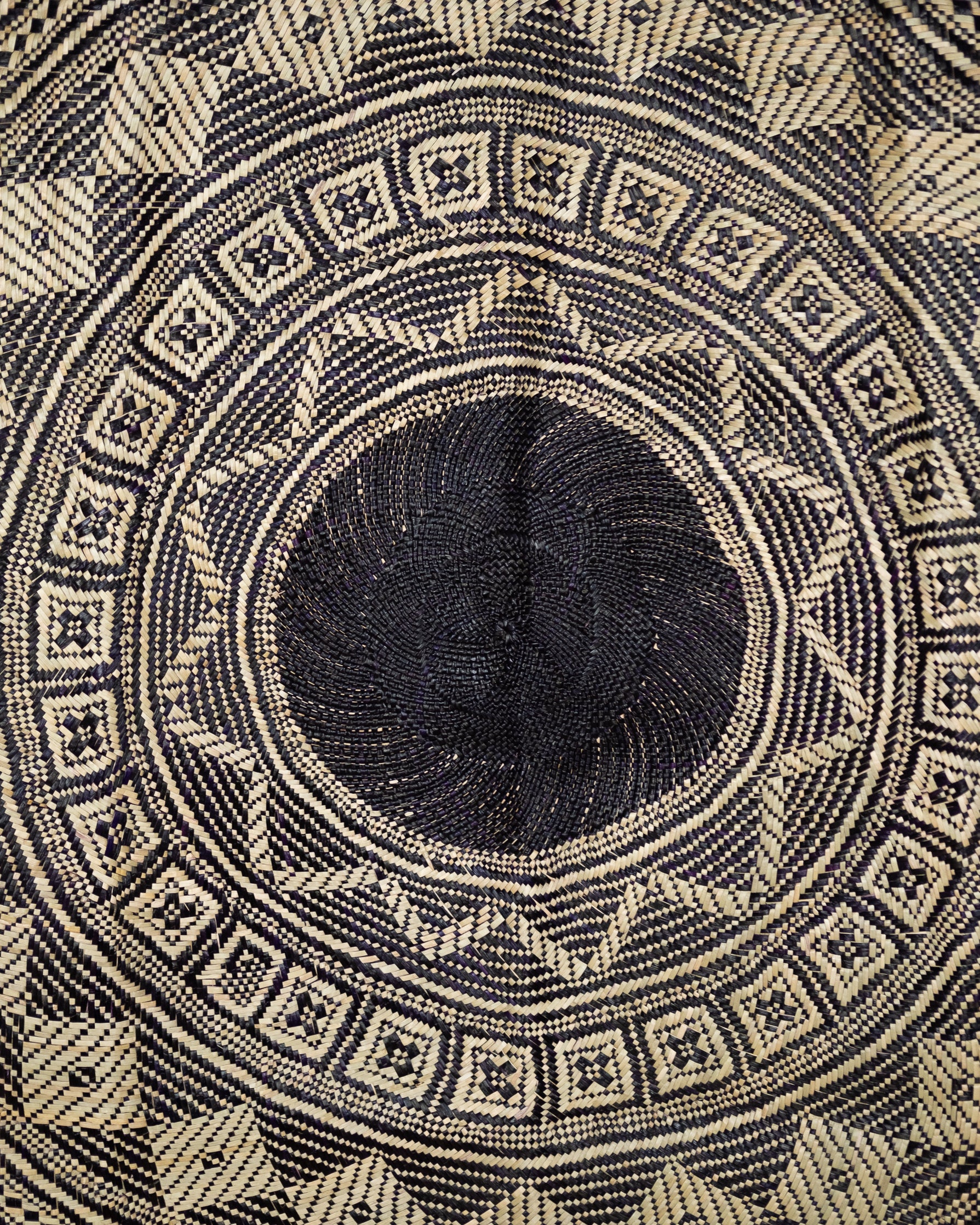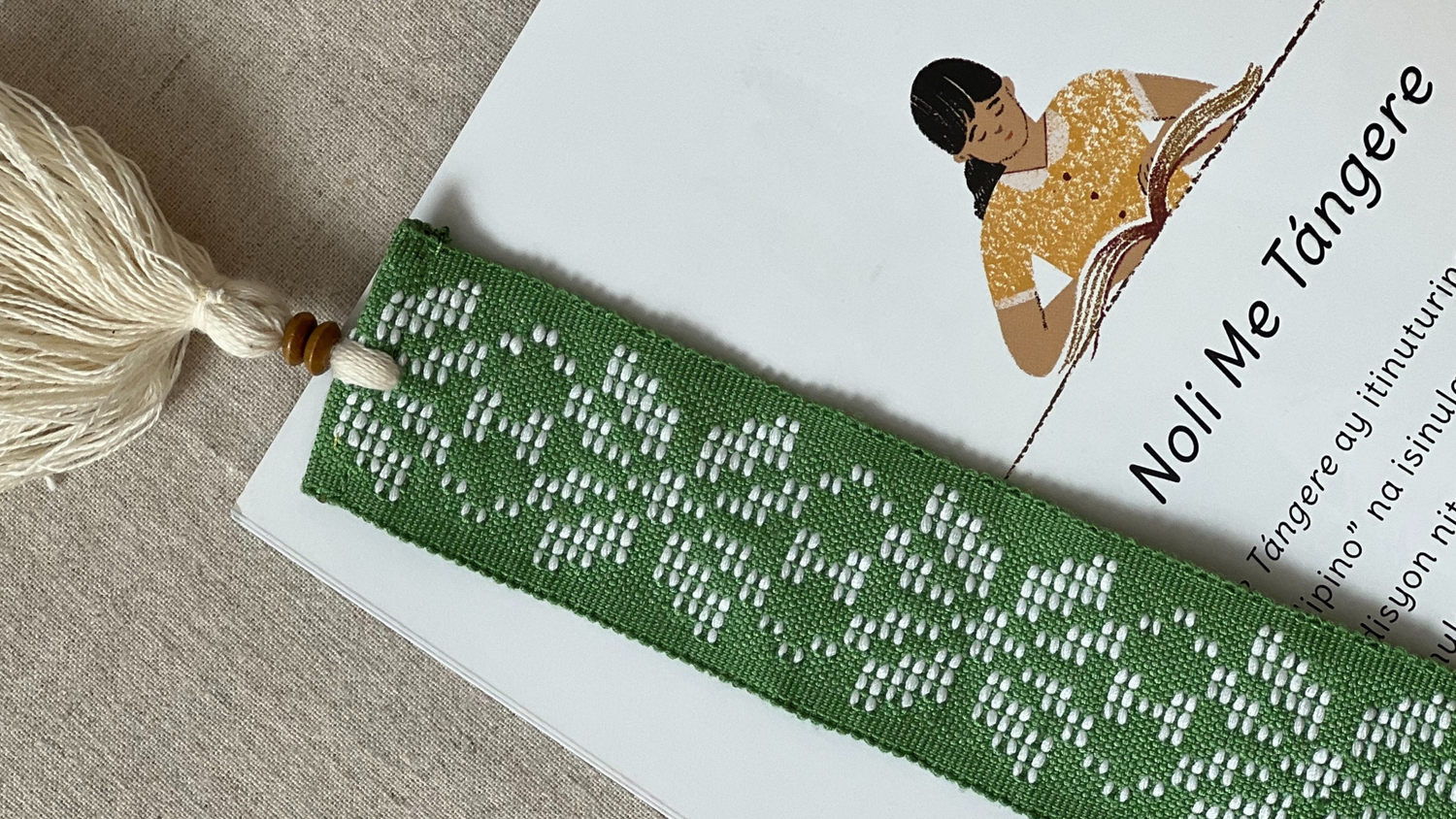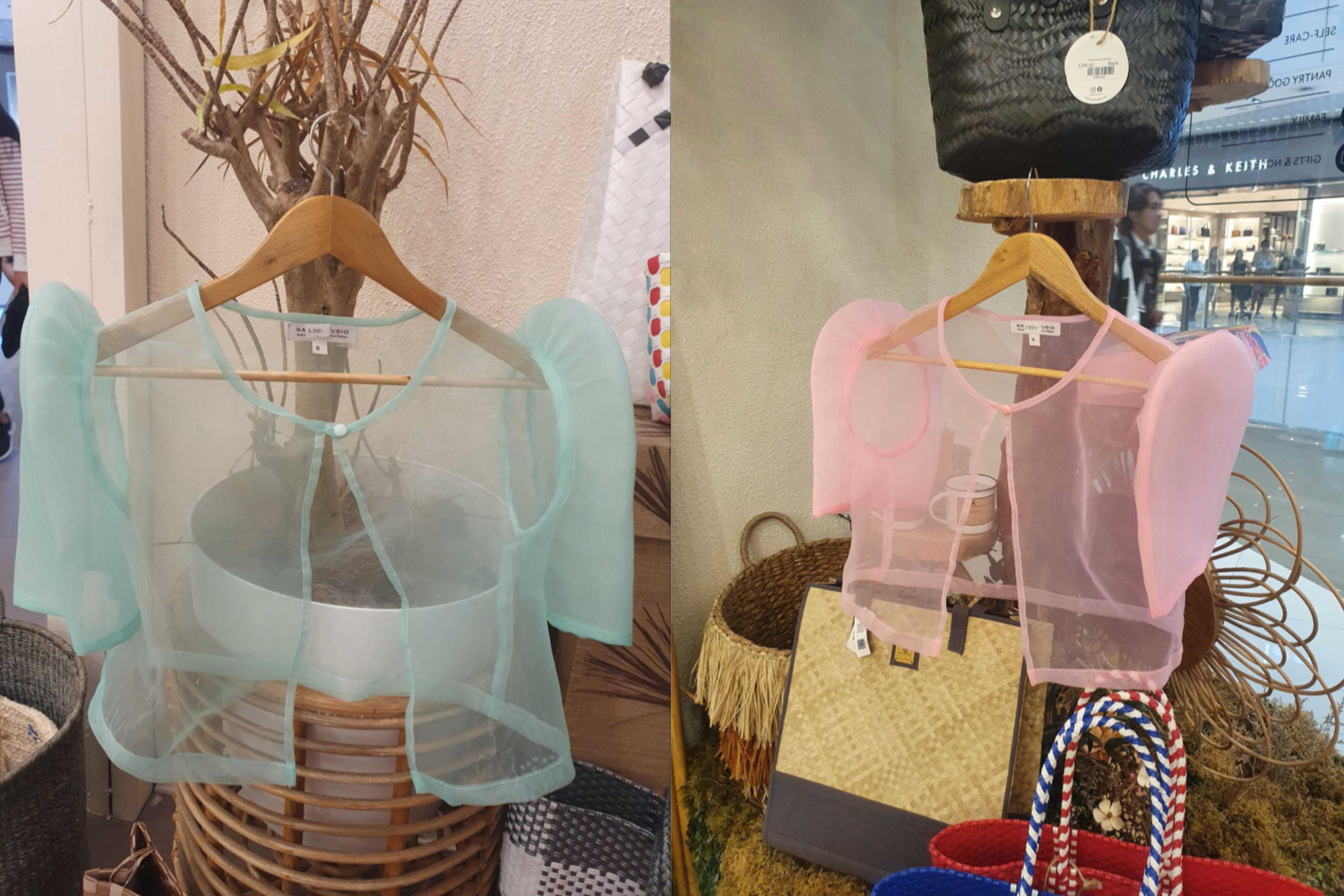By Mara Fabella
The tradition of mat weaving is a sacred and persisting practice for the Tagolwanen. The Tagolwanen Women Weavers Association, founded in 2012 by indigenous people’s advocate Lorielinda Rago and her husband Anilaw Marte, has helped the weavers of Bukidnon and Tagolwanen continue their practice. The TWWA has worked to both support the livelihoods of the weavers and allow Tagolwanen weaving and culture to endure and thrive.
By the head water of Tagoloan River in Malaybalay, Philippines, live the female weavers of the Bukidnon-Tagolwanen tribe. For many communities in the Philippines, especially in Mindanao, weaving is an essential part of culture and daily life. For the Tagolwanen women, weaving manifests itself in the form of artisanal mats or banigs, known among their community as ikam. Each weaver spends her day going through the intricate process of weaving the circular and colorfully decorated mats, each with a design unique to the weaver. Unlike most rectangular textiles that can be woven using a loom, the ikam is woven spiraling outward from the center and therefore must be done completely by hand.
 Weavers of the Tagolwanen Women Weavers Association or TWWA
Weavers of the Tagolwanen Women Weavers Association or TWWA
The material that the Tagolwanen use for their mats is a type of grass called sodsod. Sodsod grass is a type of cogon grass that grows as tall stalks that invade large tracts of land. The Tagolwanen farm these long blades of grass and have to take extra care to preserve their structural integrity so that the mats they create are both sturdy and pliable. Weavers have to get up extra early to start the weaving process while the blades are still fresh to make sure they do not wilt before being woven into the mat. For the Tagolwanen, each individual strand of grass is a reflection of their people’s artistry and dedication to their craft.
There are plenty of factors that influence the production and designs of these woven mats. The common form of the ikam is circular, featuring concentric radial patterns and colorful bands that spiral outward from a plain-colored center. These mats are popular among customers for their decorative value.

The Tagolwanen live near the large Tagoloan River in Mindanao and thus have a close relationship with their environment. The weavers interpret what they see among their surroundings through their designs. The binakesan design emulates the repetitive nature of snakeskin. Binulakbulak is a decorative motif inspired by flowers.
There are also the more traditional rectangular mats, or banig, that feature geometric patterns. These kinds of mats are divided into three categories by design. The tinulisan mats bear shapes, like squares or diamonds, organized into columns and rows. The binakusan aligns these shapes diagonally, and the bukanayo arranges shapes and fine details into a neat grid. These rectangular mats are used as tablecloths and placemats, while their designs are sometimes incorporated into handbags.

At NARRA, we are honored to carrying the work of the Tagolwanen Women Weavers Association here in the U.S. to further expand the reach and visibility of their beautiful work. In addition to mat weaving, the TWWA creates handwoven sun hats, bags, and plant containers that bring joyful reminders of the Philippines into our daily lives.
Additional Reading:
https://tagolwanenweavers.com/index.php/our-story/
https://cnnphilippines.com/life/style/2019/7/5/Tagolaonen-weavers0.html?fbclid=IwAR2
https://www.mindanews.com/top-stories/2019/04/passing-the-art-of-weaving-through-generations/



 Weavers of the Tagolwanen Women Weavers Association or TWWA
Weavers of the Tagolwanen Women Weavers Association or TWWA

